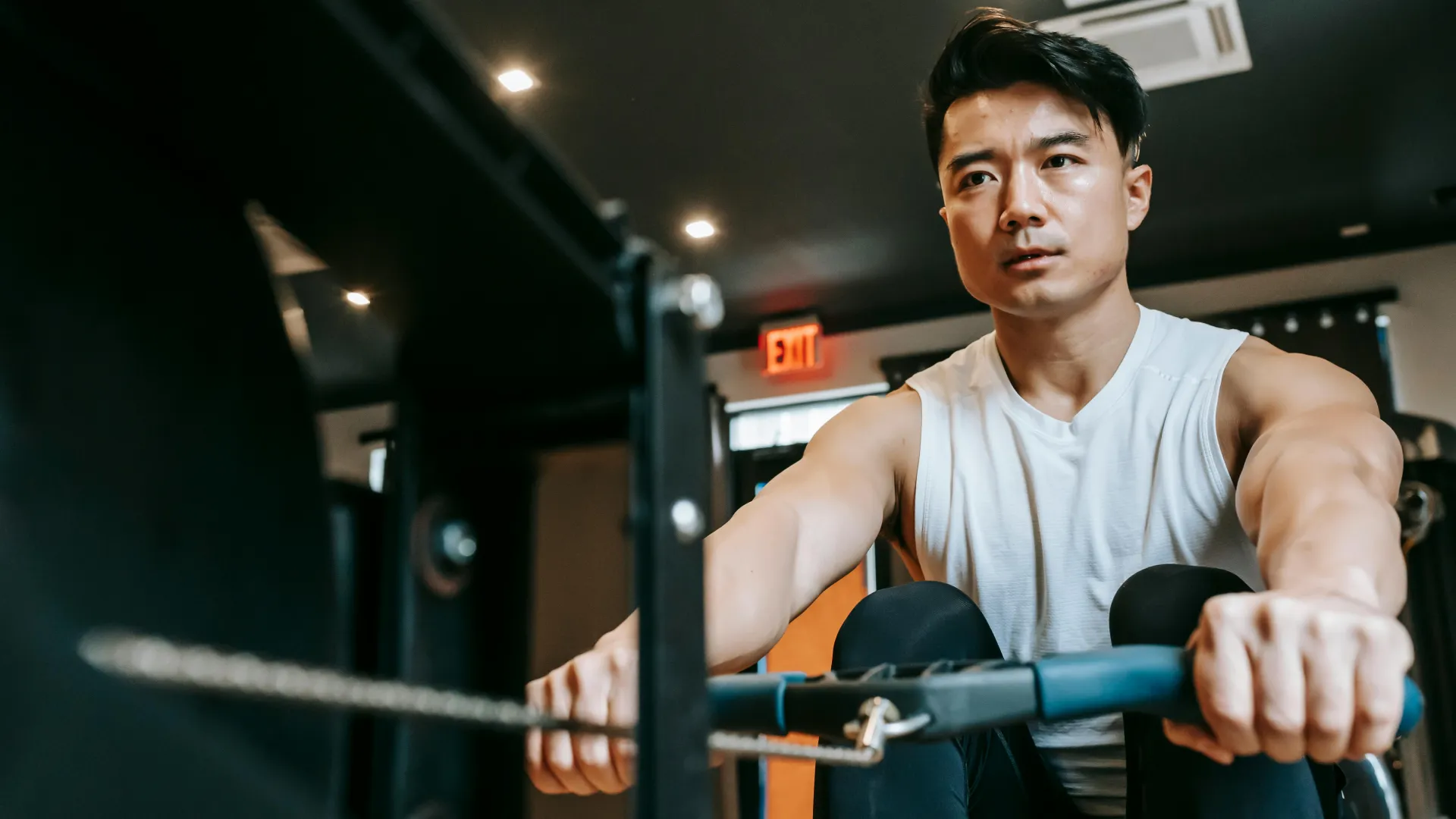Introduction
The first time I ever sat on a rowing machine, I had no idea what I was doing. I just grabbed the handle and started pulling. My form was terrible, I exhausted myself after five minutes, and my back hurt the next day.
But once I learned the basics and applied a well-designed plan, all of that changed. Rowing became enjoyable; I started to notice improvements, and it felt wonderful to build momentum.
If you are a beginner, then this guide is for you. I am going to walk you through a beginner-friendly rowing workout routine that is all about endurance building, form honing, and gradual progress without burnout.
Let me make you fall in love with rowing.
Why Rowing Is a Great Choice for Beginners
Rowing is full-body, low-impact, and easy to modify to your level of fitness. It’s gentle on your joints unlike running. It doesn’t involve a learning curve per movement, unlike weightlifting. And it works both your upper and lower body with every stroke unlike spin bikes or ellipticals.
It also produces significant results. According to Harvard Health, a 155-pound individual can burn as much as 260 calories for 30 minutes of moderate rowing. That amount quickly grows as you apply more effort.
➡️ Learn how long to row to burn fat
Before You Row: Get the Basics Right
It is worth taking a few minutes to learn proper rowing form before jumping into an exercise routine. That in itself will save frustration and injury.
Here’s the basic rowing sequence:
- The Catch: Bent knees, straight back, arms extended
- The Drive: Push with the legs first, lean back a bit, and pull the handle to the chest
- The Finish: Straight legs, leaned-back back, handle at ribs
- The Recovery: Extend arms, lean forward, bend knees, and slide forward to repeat
Start slowly, and try to make your strokes smooth and rhythmic. Focus on timing and control instead of power.
➡️ See mistakes to avoid when buying or using a rower
Week-by-Week Beginner Rowing Plan
Following is a simple four-week progression that gets you going and establishes consistency. You’ll row three times a week, with light activity or rest in between, if desired.
Week 1: Learn the Rhythm
- Duration: 10 to 15 minutes
- Intensity: Easy
- Focus: Smooth strokes, relaxed breathing
- Goal: Get comfortable on the rower
Try to keep a steady rhythm and row at a moderate rate. If you’re becoming too winded, slow it down. Week one is for habit-forming and mastering the form.
Week 2: Build Your Base
- Time: 15 to 20 minutes
- Intensity: Moderate
- Target: Posture and controlled breathing
- Objective: Build stamina without overdoing it
Insert some 30-second higher-effort bursts each couple of minutes. Nothing too intense, just something to get the heart rate up briefly.
Week 3: Add Intervals
- Duration: 20 to 25 minutes
- Format: 1 minute moderate, 30 seconds hard effort, repeat
- Goal: Increase endurance and add variety
These intervals make it interesting and enable you to gain more from a shorter session. Recover from a hard effort.
➡️ Read more: Are magnetic rowers good for endurance?
Week 4: Level Up
- Duration: 25 to 30 minutes
- Format: 3 rounds of 6 minutes steady, 2 minutes hard
- Goal: Push yourself a bit while still staying in control
By this time, you’ll be more coordinated, stronger, and better tuned to your machine. Celebrate the achievement.
Helpful Hints for New Rowers
- Don’t worry about speed or distance at first. Focus on consistency.
- Video yourself or use a mirror to check your form.
- Always warm up and cool down, even if it’s a question of five minutes of gentle rowing.
- Stay hydrated. Rowing involves more muscles than you think.
- Keep a training log. It aids in motivation to notice improvement over time.
➡️ Compare rowing machine types: magnetic vs air vs water
What I Wish I Knew When I Started
I used to think rowing workouts needed to be long or hard to be beneficial. But short, focused workouts three times a week can be incredibly effective when performed with purpose and proper form.
I now row regularly for 20 to 30 minutes and have more energy, posture, and endurance than I had during my gym-only years. The key was building the habit incrementally and keeping it simple.
Final Thoughts
You do not need to be an athlete to gain the benefits of rowing. You just need a plan, a little patience, and a rower that fits your space and goals.
Start slow. Focus on technique. And be consistent. If I can go from burning out in five minutes to rowing confidently on a weekly basis, you can too.

